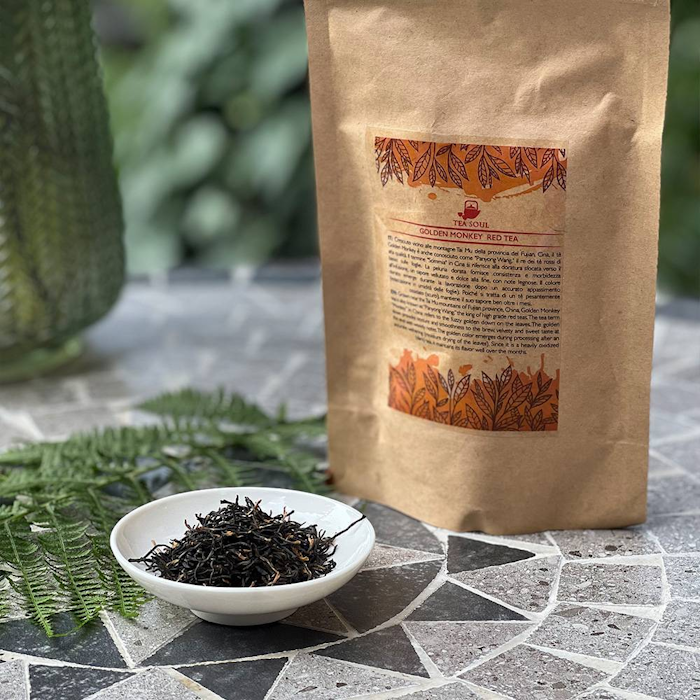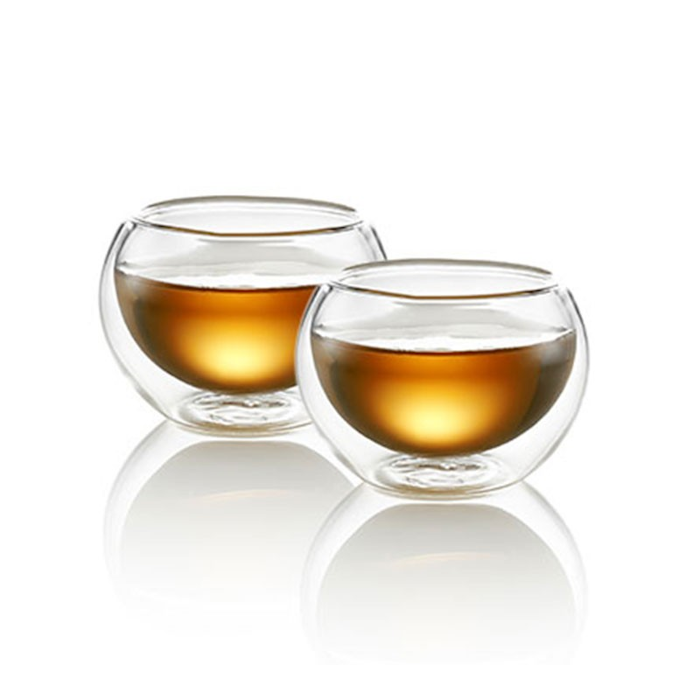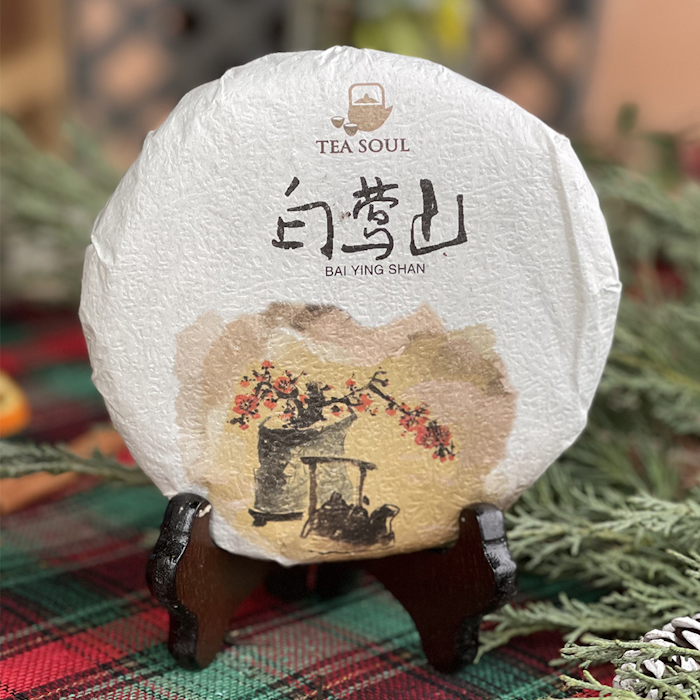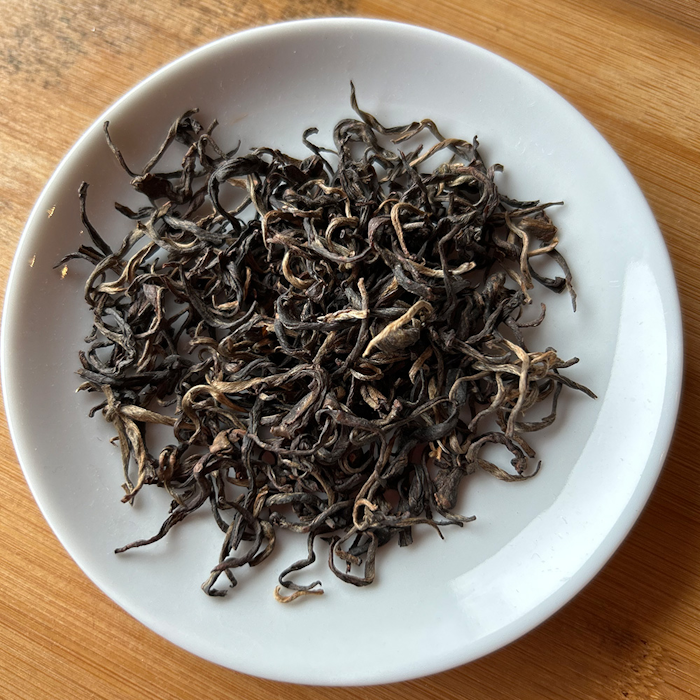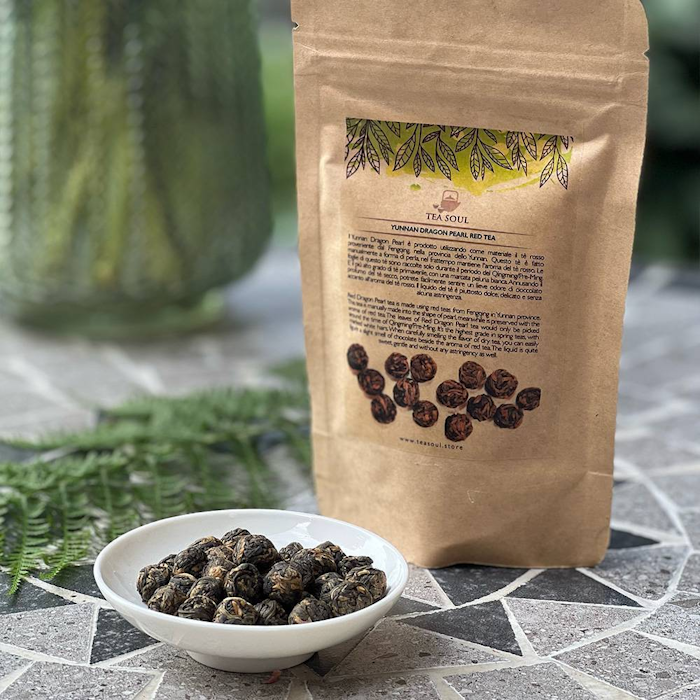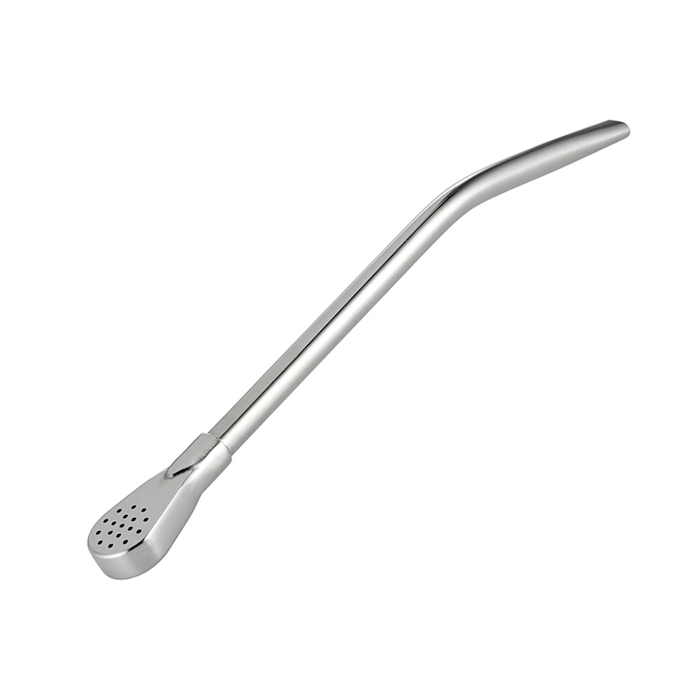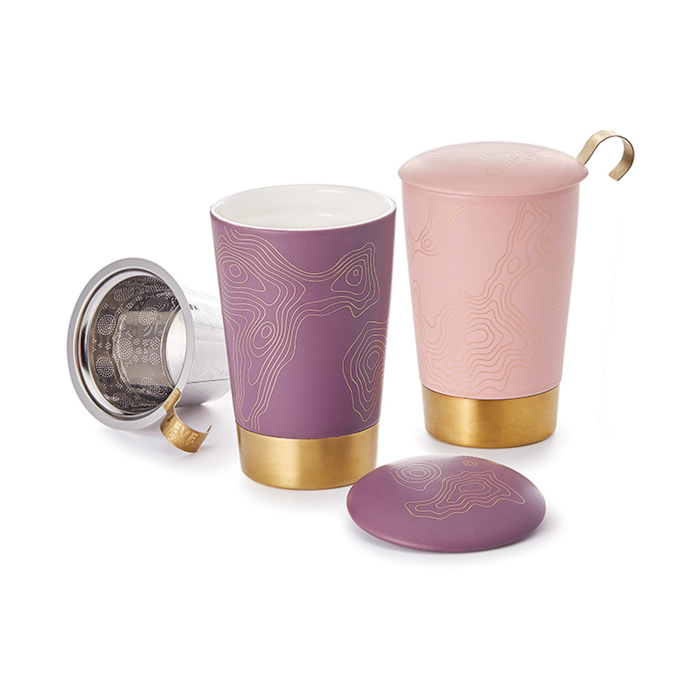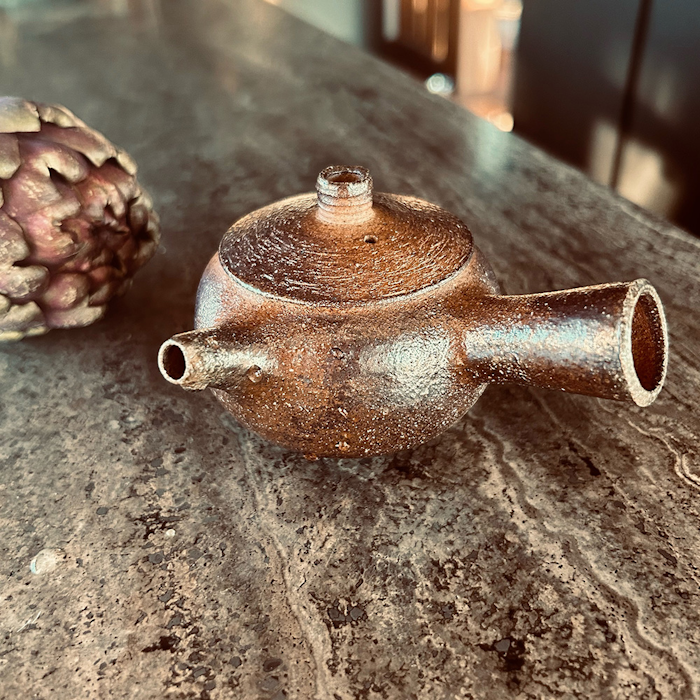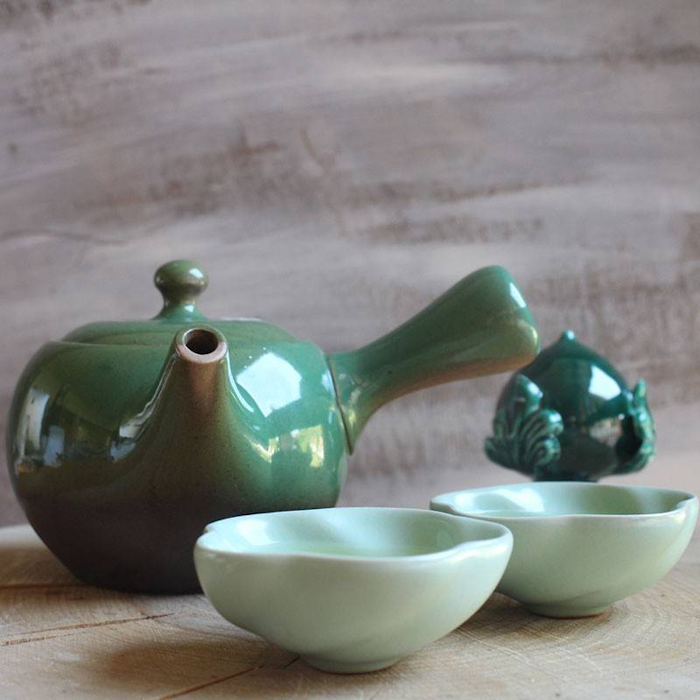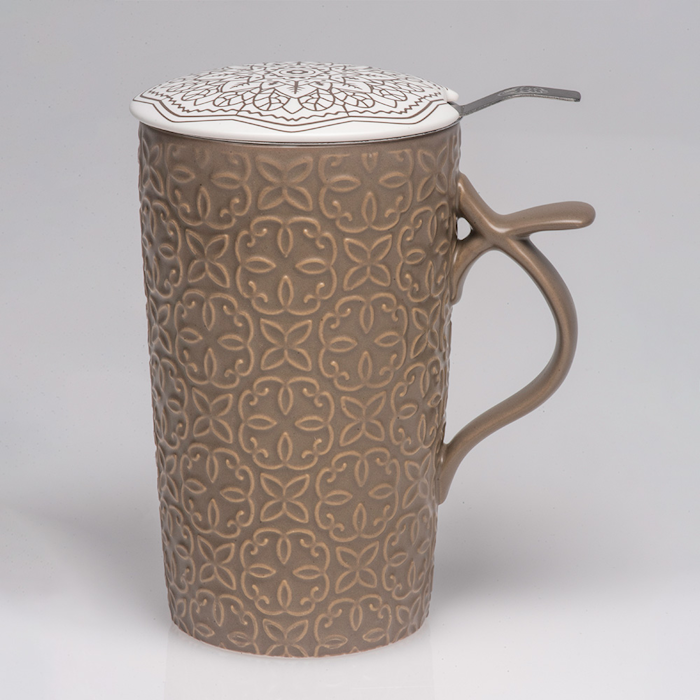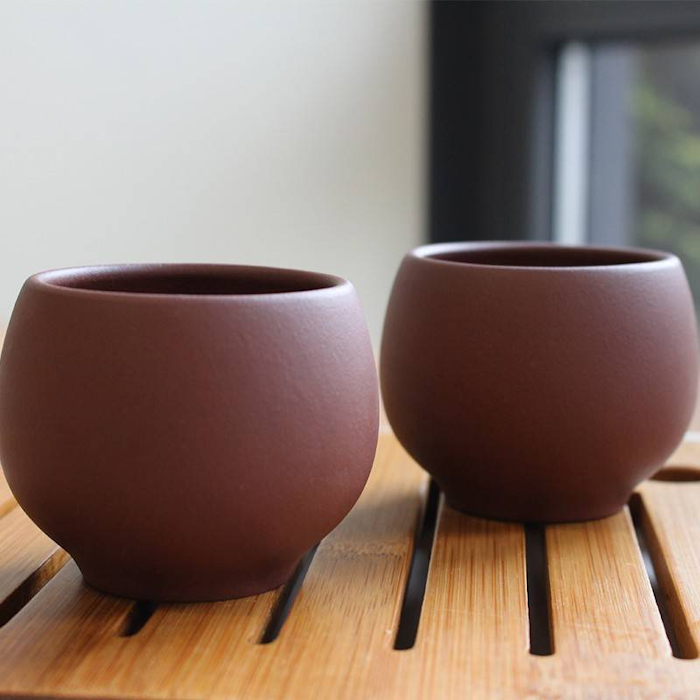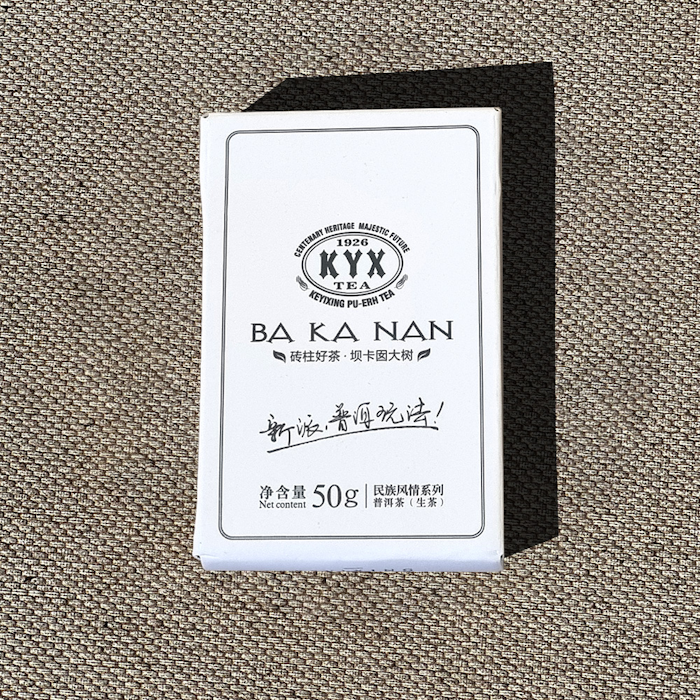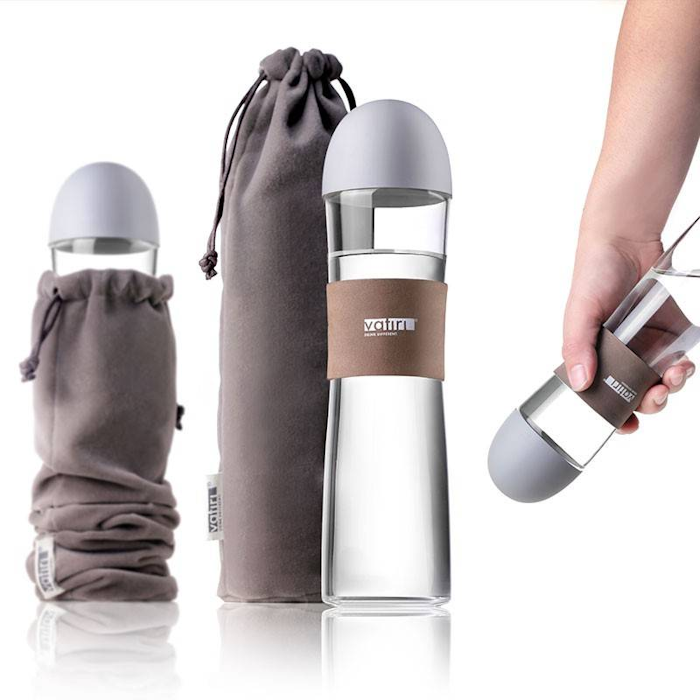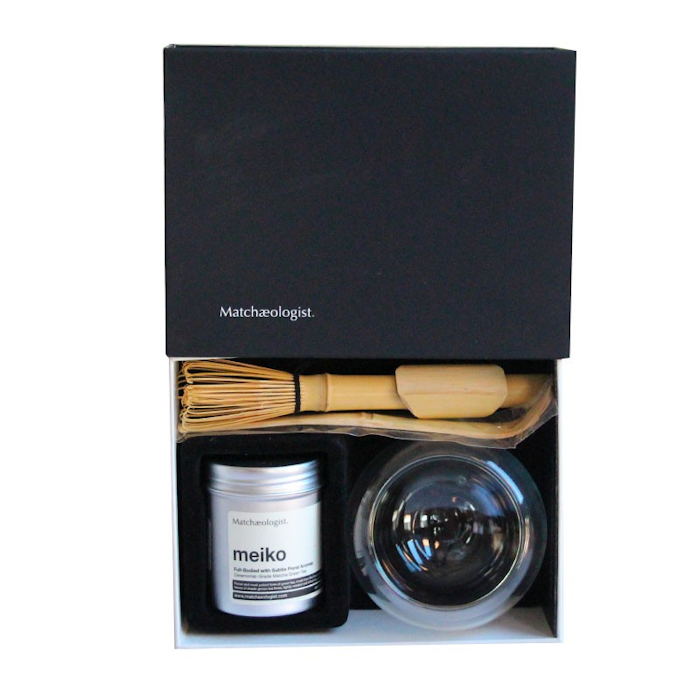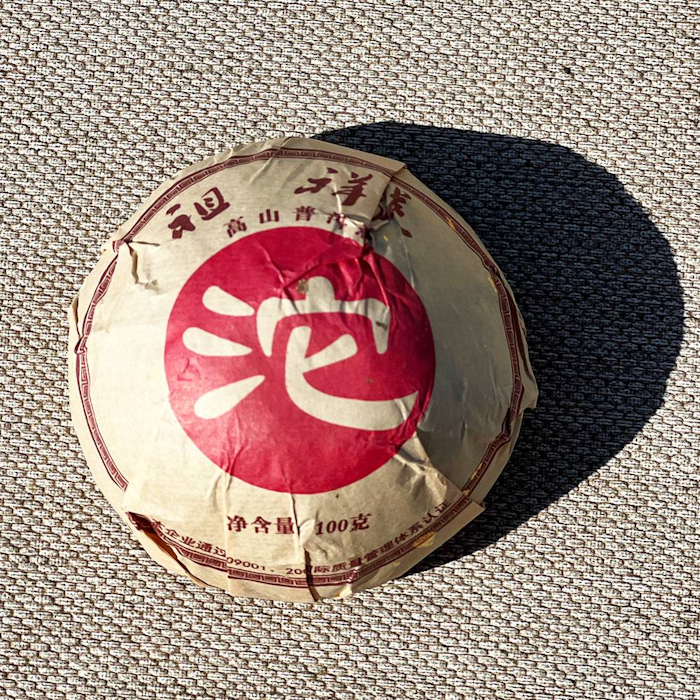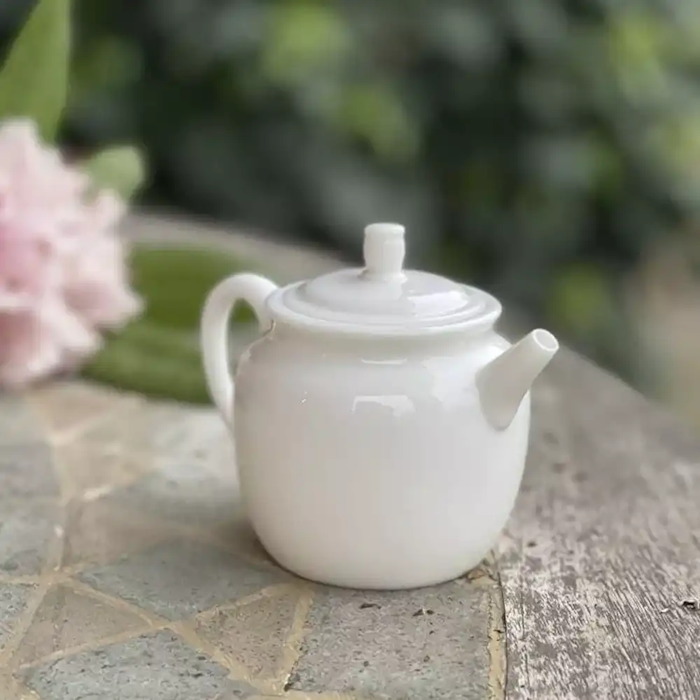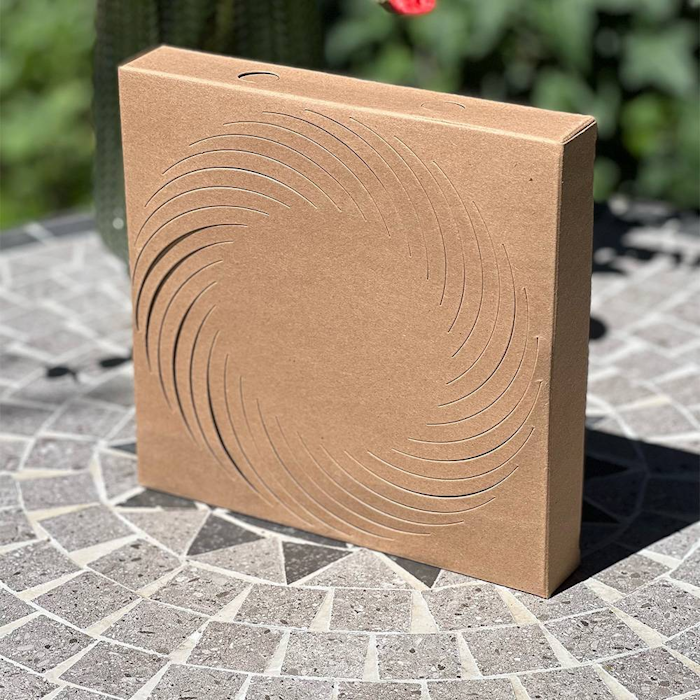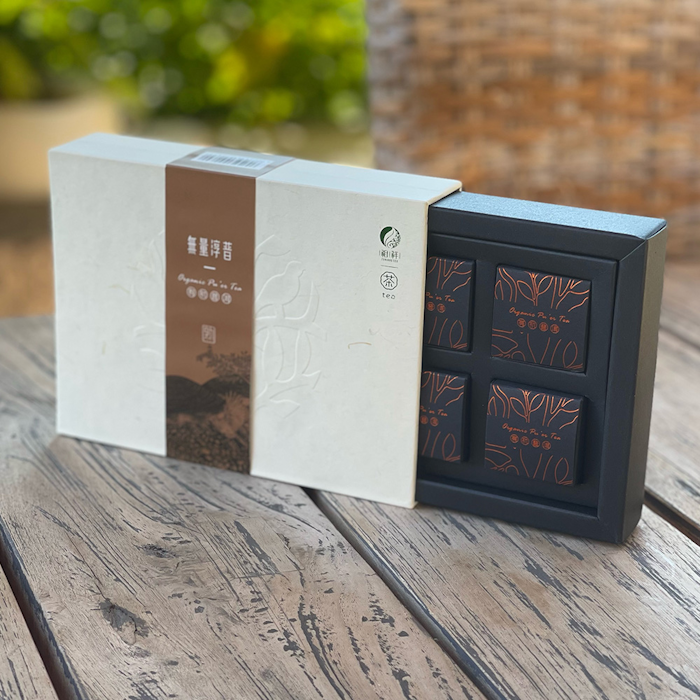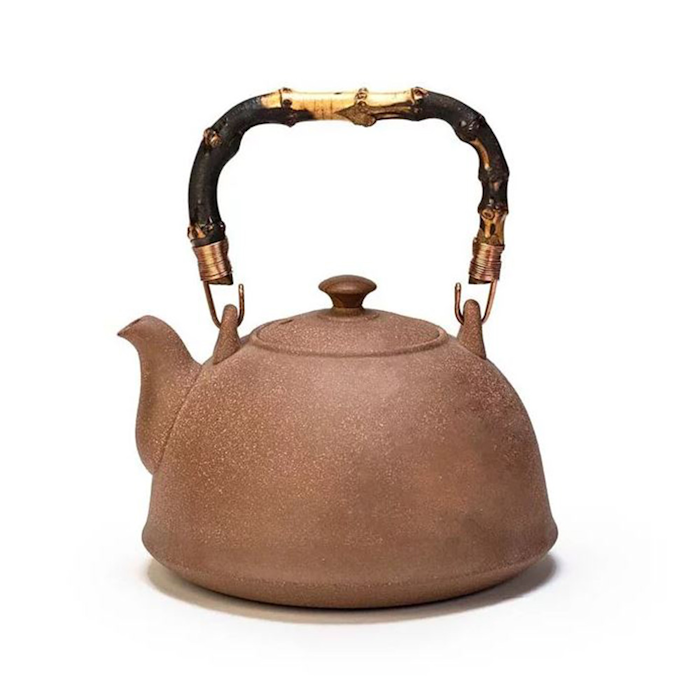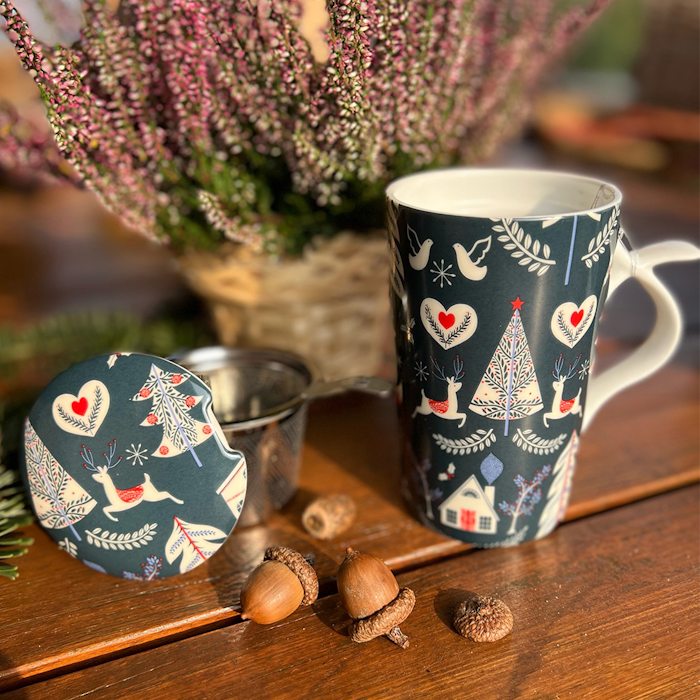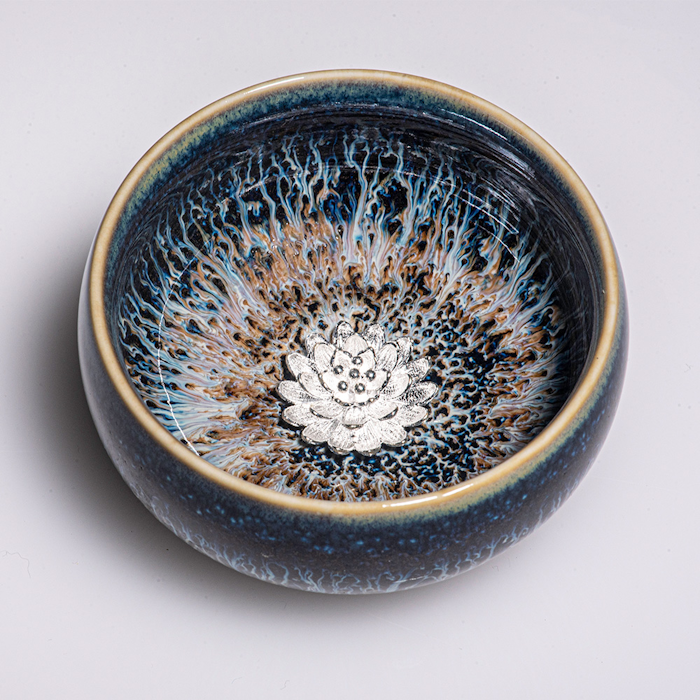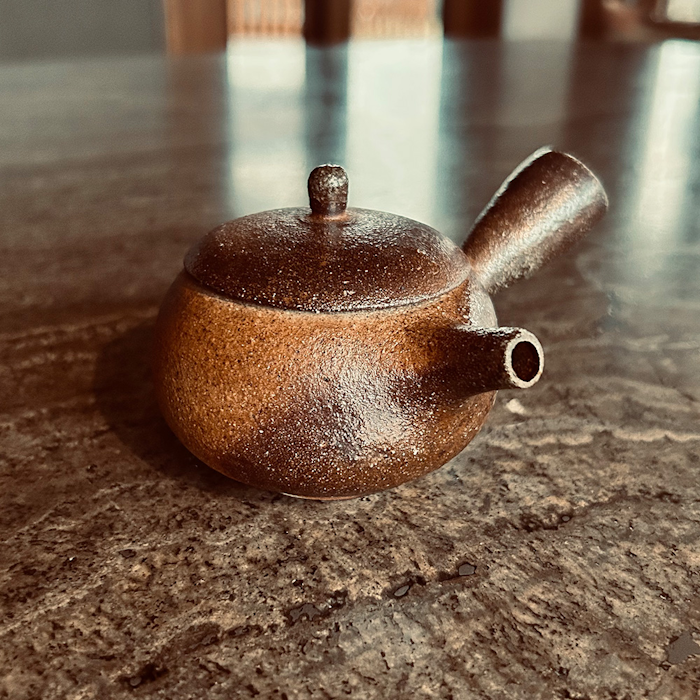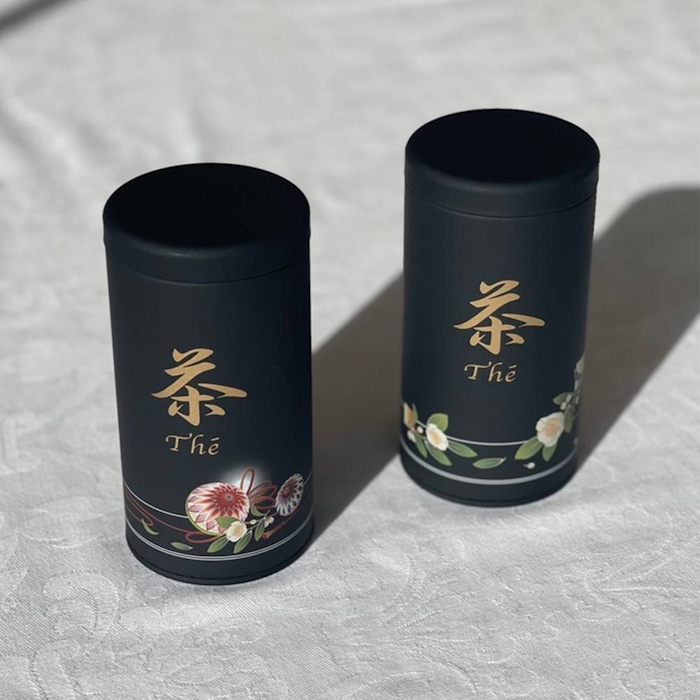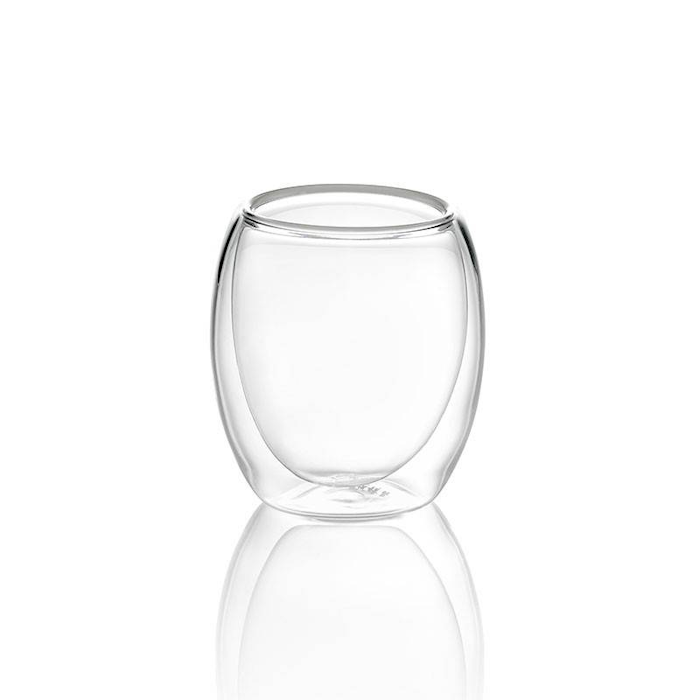The Four Seasons oolong is a low-oxidation tea from the island of Taiwan, produced from plantations in valleys where one can enjoy a stable and perpetually temperate climate due to the presence of rivers and dense vegetation.
The name "Four Seasons" in itself is quite generic and without more information this tea could be associated with another product in our catalog called Ever Spring: however, as we often remember, the area of origin, cultivar, and high characteristics always make a lot of difference in the final product.
Unlike Ever Spring, Four Seasons is obtained from camellias of the Jin Xuan cultivar and its gardens of origin are about 200 km further south than those of its like. Lastly, it must also be considered that the processing of the products, while similar, will have peculiarities due to the experience of the master craftsman who intervenes throughout the production chain.
Tasting - Sight and Smell
The leaves of Four Seasons organic oolong tea are tightly rolled with rather irregular shapes. The color is a deep forest green with spots of lighter green and tones between ochre and cream at the stems. When infused, the leaves give off sweet aromas reminiscent of glutinous rice and vanilla sugar, floral notes, and a slightly herbaceous and very fresh hint. In the cup, the liqueur is a deep, bright straw yellow.
Tasting Notes
GONG FU CHA
The first infusion of Four Seasons organic oolong tea is very delicate and has a distinctly floral (white flowers) and slightly herbal character. The body is already medium dense, with a buttery note that permeates the tongue. This milky component increases with the second infusion, where the floral notes are still well present (magnolia, wisteria) and where a slight almond note also appears. With the third and several subsequent infusions, however, the vegetal component intensifies more, with memories of freshly cut grass, while the floral hints-which are joined by an interesting exotic monoi note-remain more delicate. The body here is even more oily, with a milky, sweet persistence that lingers on the palate.
TO THE WEST
The first sip of Four Seasons organic oolong tea brings with it intense notes of white flowers including wisteria, magnolia and lily of the valley. A sweet, milky note is then added, reminiscent of cream and leaving a coating on the tongue and palate, making one perceive the full-bodied density of this tea. Subsequently, very subtle and delicate vegetal hints can be detected, which are pleasant and extremely fresh, like a spring meadow. The finish is sweet, with a hint of vanilla sugar and still some floral hints lingering.
Location of origin
Taiwan
Production of Four Seasons organic oolong tea
After harvesting, the leaves wither in the sun for a few hours before moving to rest on bamboo trays indoors. From there, oxidation is initiated by manual massaging of the leaf, which is performed by the master producer. Given the low oxidation of this tea (about 20 percent) it will only take a short time before the tea moves on to the next stage where the leaves pass through a charcoal-heated kiln to lock in enzymatic activity and fix the characteristics of the product. After this kiln stage, the leaf is given its final shape by hand by rolling it on itself so that its aromas can be better preserved. Once the product has completed its drying process that will allow the rolled shape to remain fixed, it will be ready for consumption.
Preparation
We strongly recommend infusing the Four Seasons organic oolong tea in the traditional Chinese method (gong fu cha) to best enjoy these leaves. Following this preparation, 5 grams of leaves (about 3 teaspoons) can be used in a gaiwan of about 100 ml to make several infusions with different tastes. After a quick rinse of the leaves in water at 90°C, an initial infusion of 20 seconds can be made, after which, keeping the water at the same temperature, the time can be increased each time by 10 seconds from the previous infusion (20 - 30 - 40 ...)
This tea has a longevity of about 6 infusions.
For a classic preparation according to the Western style we recommend 2 grams of leaves (about 1 teaspoon) in a 150 ml cup with water at 90°C for an infusion time of one and a half minutes.
If you would like to try experimenting with infusions with this tea with different amounts of leaves try to think of the suitable amount to allow the leaf to expand freely in the liquid without being compressed or hindered in this. By doing so you will make the most of this product without hindering the extraction of the flavor substances.
The tea can be filtered for ease when tasting and also the infusion times given above here are meant to be purely indicative so you can also adjust according to your personal taste.
We recommend storing it in a cool and dry place away from direct sunlight.











